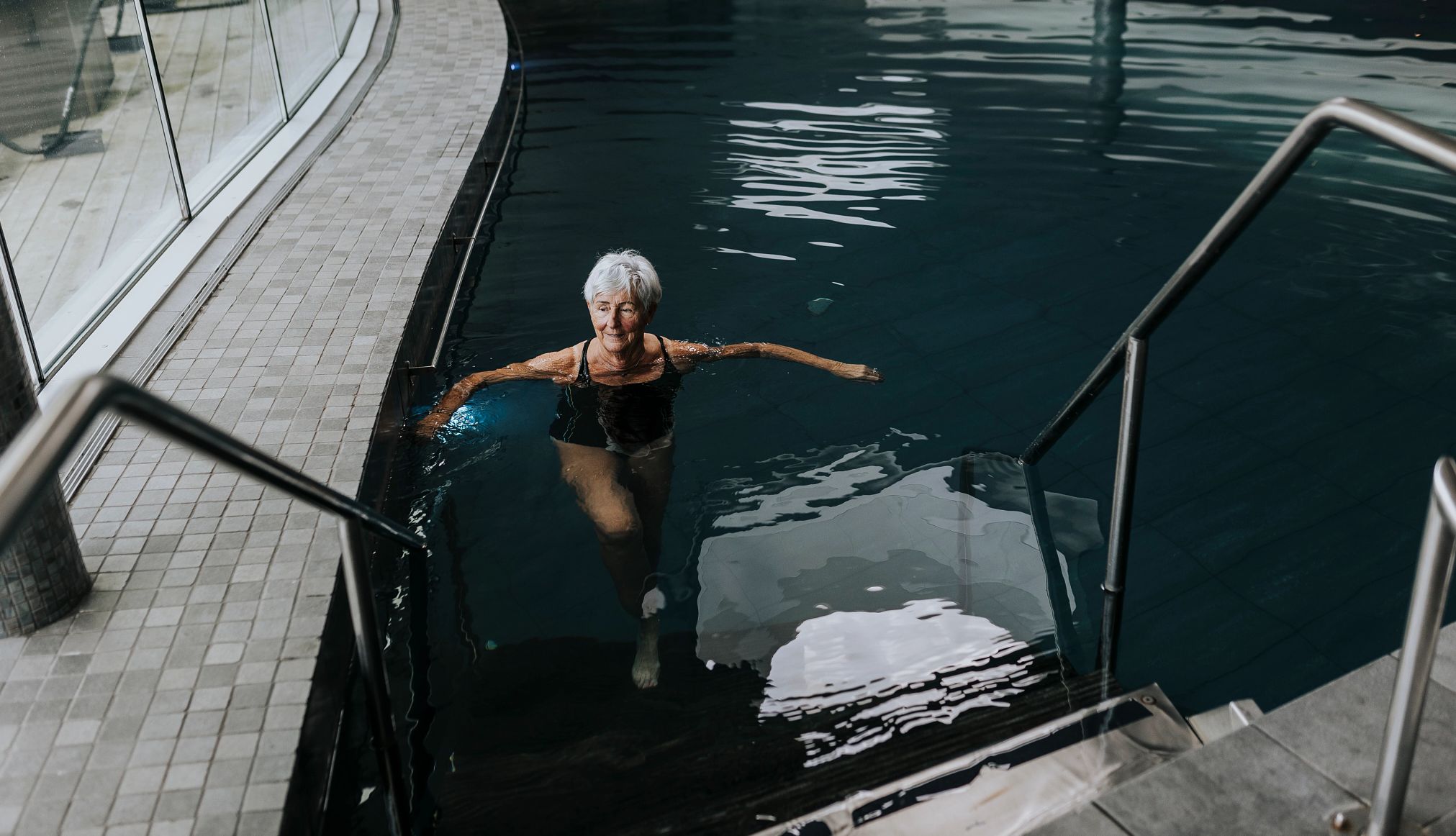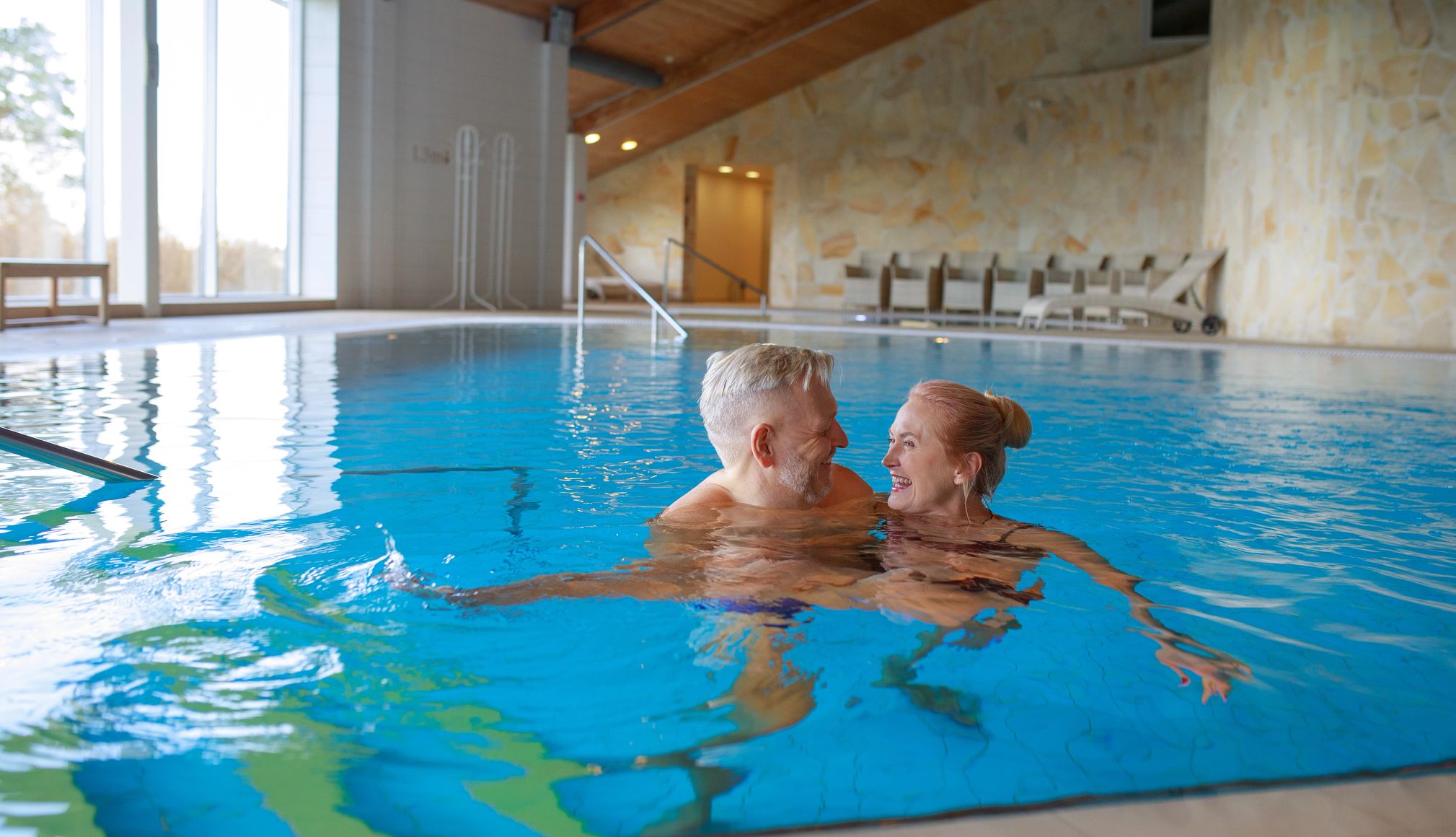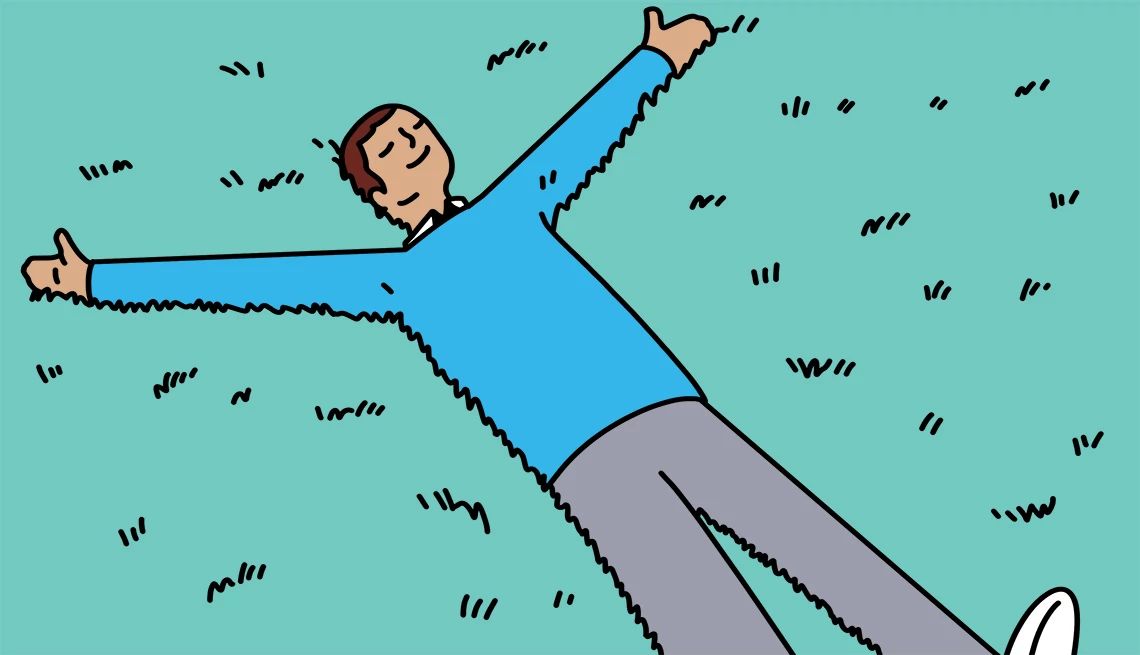AARP Hearing Center
Imagine a spa where every treatment on the menu involves seawater, or a derivative (mud, algae) thereof. Imagine getting massaged with pressurized underwater hoses, drenched by streams of seawater pouring down from above and wrapped in a silky elixir of seawater and algae. Such was my experience at a French thalassotherapy resort located on the coast of Brittany.
Most people can agree, without any scientific evidence, that a visit to the seaside is a mood lifter. Exposure to the fresh sea air, the ability to ground your feet in the sand and the feeling of nutrient-rich water sinking into every pore combine to induce a relaxation effect that is likely primordial. And that is why, since the genesis of the tourism industry, people have coasted to seaside towns in search of rest, relaxation and renewal.
Thalassotherapy amps up the healing power of the sea by harnessing its beneficial qualities. On the first day of my weeklong program at Les Thermes Marins de Saint-Malo, I attended a talk by Karell Bouetard, a hydrotherapist and part of the resort’s educational team. She explained that in thalassotherapy, “The coastal climate, the water, the mist, the sand, marine mud, algae and other substances [are] extracted from the sea to develop a course of preventative and remedial health treatments.” Bouetard added that seawater is particularly effective in healing due to its abundance of such minerals as magnesium, calcium and potassium.
During the following days, I was to experience that healing effect, taking the waters in the form of baths, seaweed wraps, sea salt scrubs, underwater massages, inhalations and aqua exercise. Seaside walks were also part of the equation. While thalasso treatments are used for a variety of ailments, from musculoskeletal problems to skin conditions to respiratory diseases, my focus was my aging, aching back.


Water, water everywhere
I selected France because it is both the home of thalassotherapy and the country where it is most widespread. There are 38 approved thalasso centers along the coastlines of the English Channel to the north, the Atlantic Ocean to the west and the Mediterranean Sea to the south. Thalassotherapy dates to the turn of the 20th century, when French biologist René Quinton hypothesized that the human body would respond to therapies using substances from the sea. That’s because he’d found similarities between the mineral content of seawater and blood plasma.
Spain, Croatia, Germany and Estonia dabble in the field. But since France is the center of the thalassotherapy world, I decided I would go to the coast of Brittany to discover what it’s all about.
After dragging my aching body to Saint-Malo from Paris (via a 2-hour, 15-minute high-speed TGV train), I checked into Les Thermes Marins de Saint-Malo. The main building dates to 1881, when it opened as the Grand Hotel de Paramé, a fashionable resort frequented by international nobility. It became a thalassotherapy center in 1963.
Guests taking the waters at today’s incarnation have several accommodation options. The ritziest is the Grand Hôtel des Thermes, a five-star hotel — with a price tag to match. Several three- and four-star hotels within walking distance feed into the system as well. I chose to stay at the moderately priced Neptunia Residence, studio apartments that are connected to the Grand Hôtel by a walkway. The location was optimal, as I could walk to the spa and back in my bathrobe.




































































